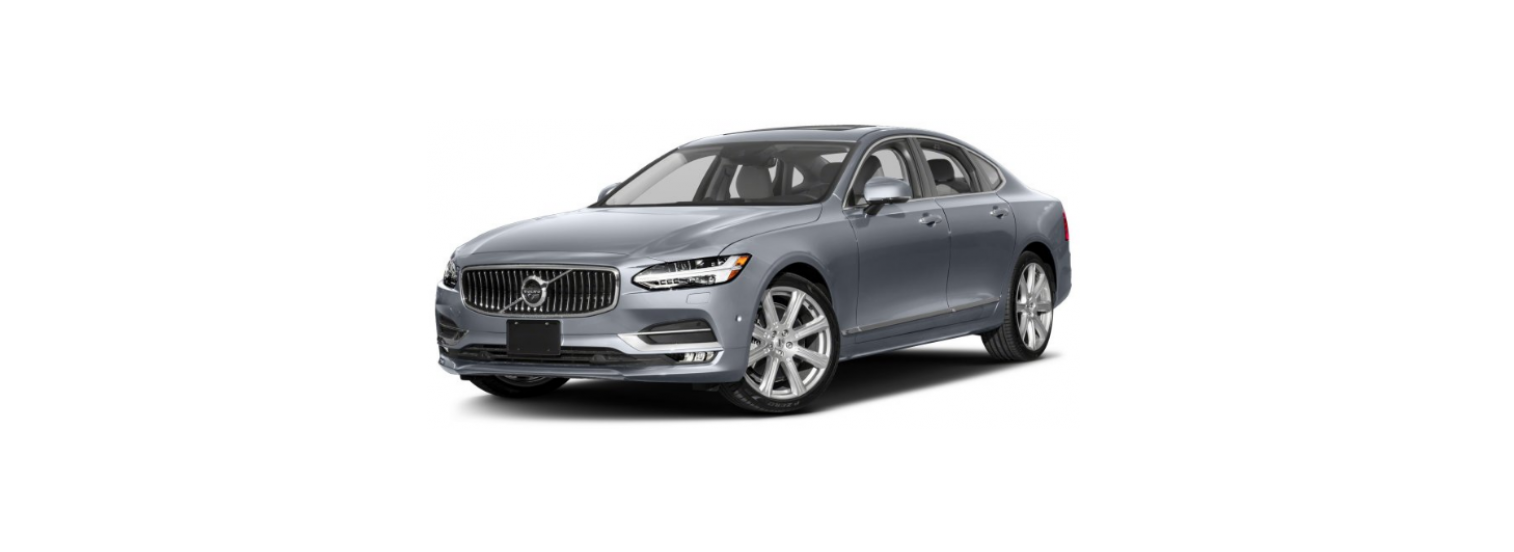During parking, make sure you allow adequate space above and below the car since the car’s ground clearance may vary e.g. depending on the outside temperature, how the car is loaded or the use of loading mode. The level may also be adjusted some time after the car has been parked. This is to compensate for any changes in height that may occur due to temperature changes in the air springs when the car cools down.
During transport of the car on a ferry, train or truck, the car must be lashed around the tyres and not around other parts of the chassis. Changes in the level control may occur during transport, which could have a negative effect on the lashing.
If a fault arises with the level control, a message is shown in the driver display.
| Symbol | Message | Specification |
|---|---|---|
| | Suspension Deactivated by user | The active self-levelling has been switched off manually by the user. |
| | Suspension Temporarily reduced performance | The performance of the active self-levelling has been temporarily reduced due to extensive system use. |
| | Suspension Service required | A fault has occurred. Visit a workshop (An authorised Volvo workshop is recommended.) as soon as possible. |
| | Stop safely Suspension failure | A critical fault has occurred. The car’s driving performance is significantly reduced, stop safely. Have the car towed to a workshop (An authorised Volvo workshop is recommended.) if the message is shown when the car is stationary. |
| | Slow down Suspension Car too high | A fault has occurred. The car’s driving performance is reduced, slow down until the symbol disappears. Contact a workshop(An authorised Volvo workshop is recommended.) if the message is shown when the car is stationary. |
| | Suspension Auto adjusting car level | Level control of the car’s rear axle to target height in progress. |




